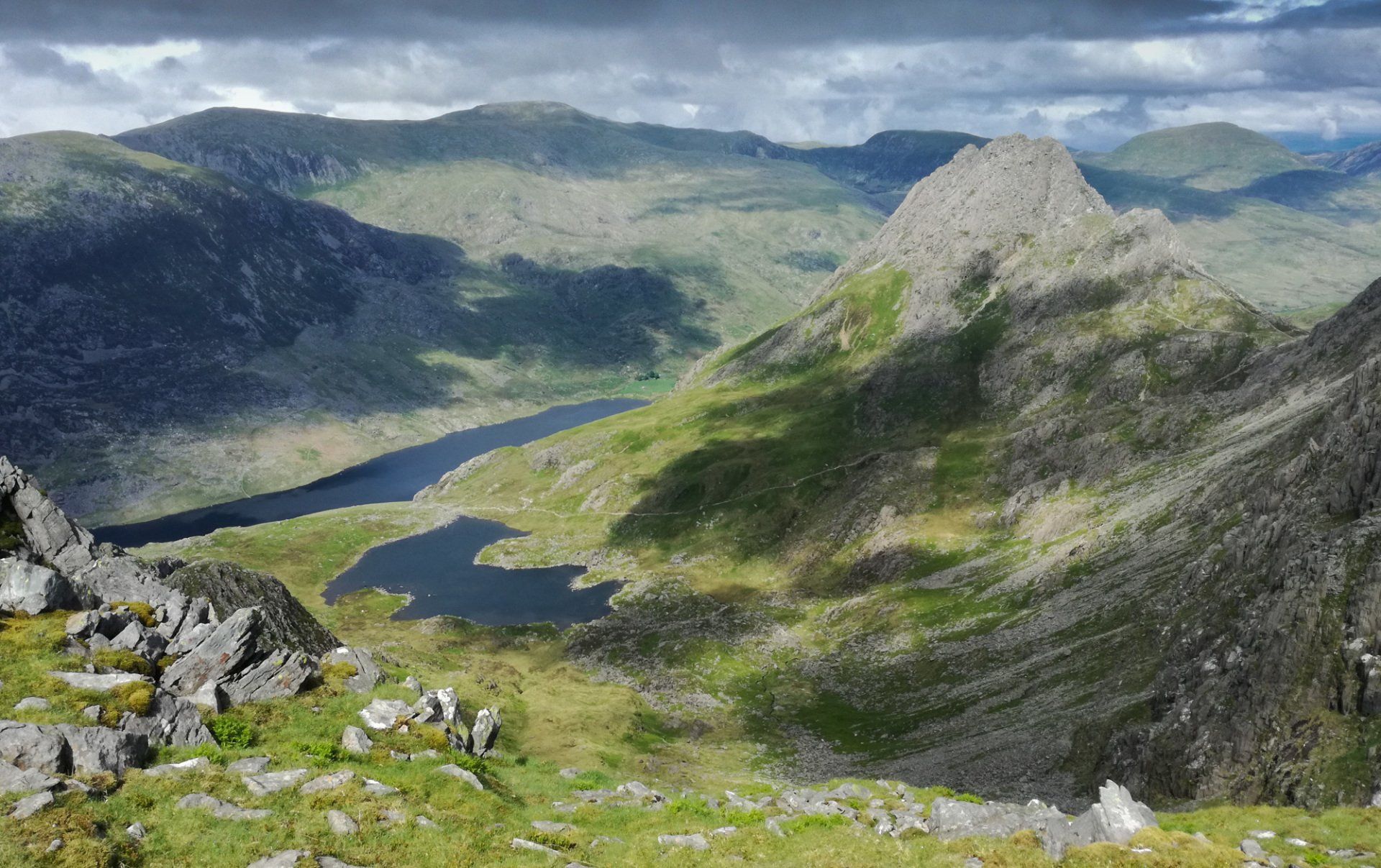Sky Patrol
What is a Quality Mountain Day?
What is a Quality Mountain Day?

Anyone working towards the Mountain Leader award will be only too familiar with the little phrase 'Quality Mountain Day' or 'QMD' for short. Although Mountain Training give a pretty good idea of just what this means in the course Handbook, this one subject raises more questions on all those ML Facebook groups than any other. Just what exactly is a Quality Mountain Day?
In the appendix to the Mountain Leader course Handbook produced by Mountain Training they give the following statement:
"In terms of experience, the quality of a mountain day lies in such things as the conditions experienced both overhead and underfoot, the exploration of new areas, the terrain covered and the physical and mental challenge. Such days make a positive contribution towards a person's development and maturity as an all-round mountaineer.
Usually some or all of the following criteria would be fulfilled:
• the individual takes part in the planning and leadership.
• navigation skills are required away from marked paths.
• experience must be in terrain and weather comparable to that found in UK and Irish hills.
• knowledge is increased and skills practised.
• attention is paid to safety.
• the journey is five hours or more.
• adverse conditions may be encountered.
• ascent of a substantial peak would normally be included in the day."
People often don't have enough experience when they come along on a Mountain Leader assessment, and this is reflected in both the quantity and quality of the days that they've put in DLOG. You need an absolute bare minimum of 40 Quality Mountain Days prior to assessment, so it's no small wonder that people get in a bit of a tizz over it.
So, what do we actually look for when reading a candidate's DLOG prior to assessment? Well, all assessors are different. I personally like to see more than the bare minimum - somewhere around 50-60 Quality Mountain Days always looks good - and certainly all the other assessors I've worked with do too.
The important thing to remember when reading through the Mountain Training criteria above is that it is not definitive. They start by using the phrase 'Usually some or all...'. And it means just that. People get in all sorts of flaps on Facebook stating that for a day to count as a QMD it 'must' fulfil everything on that list. That is simply not true. If it were, Mountain Training would use the phrase 'must fulfil all' instead of 'Usually some or all...'.
So, yes, it is particularly good if a candidate has taken part in the planning and leadership of the day, but it's not essential. If you can get off the paths during your day, do just that. Explore that remote summit plateau. Practice your micro nav. On any mountain it is possible to leave the paths even if only for part of the day.
The point about the terrain and weather being comparable to that found in the UK and Ireland is a good one. You can count some days you've had walking abroad if the terrain and weather are similar. So, a tea-house trek in Nepal doesn't count towards your QMDs, but a week's hillwalking in Scandinavia in summer, (away from glaciated terrain) probably would.
It helps if you try to learn something new while you're out there. That could be a new navigation technique, or learning something new about the countryside, access, the environment, or even a particularly good way to manage a group or situation.
It goes without saying that you should be paying attention to safety, and generally you should aim to be out there in the hills for more than five hours. I particularly like the sentence 'Adverse conditions may be encountered'. Yep! That's what happens in the mountains. It doesn't mean that you can only count it as a QMD if it was raining, foggy, or you were out in a howling gale. It just means that the weather 'may' have turned during the day, and that's what most days are like in our mountains.
And finally, an ascent of a substantial peak would normally be part of the day. This is a mountain walking award after all, so we'd expect you to be getting to some summits during your day.
Most importantly though, get out in the hills. Explore Wales other than Snowdon. Walk in the Lakes, but seek out those quieter fells. Climb Ben Nevis, but don't forget to have adventures on Creag Meagaidh, Beinn Dearg and a thousand other mountains in Scotland while you're at it. Gain experience, and put it all in your DLOG, and in time you'll make a fine Mountain Leader.
Here's a dozen ideas of Quality Mountain Days to whet your appetite:
Traverse of the Rhinogydd, Snowdonia
The Cwm Pennant Horseshoe, taking in the Nantlle Ridge and the Hebog Ridge, Snowdonia
The Ennerdale Horseshoe, Lake District
A high level traverse around Ullswater from Pooley Bridge to Pooley Bridge via Kirkstone Pass (in 2 or 3 days, with wild camps), Lake District
The Merrick and Shalloch an Minnoch, Galloway
Two Corbetts and Two Munros in the Arrochar Alps, Highlands
The Rum Cuillin, Hebrides
The Storr on Skye (the hill, not just the Old Man!), Hebrides
The Cairngorms 4000ft Peaks, Highlands
The Grey Corries Traverse, Highlands
Ladhar Bheinn from Barrisdale, Highlands
The Fisherfield Forest, Highlands
Also, check out our occasional blog posts on Quality Mountain Days
For details of our Mountain Leader training and assessment courses go to Graham Uney Mountaineering






